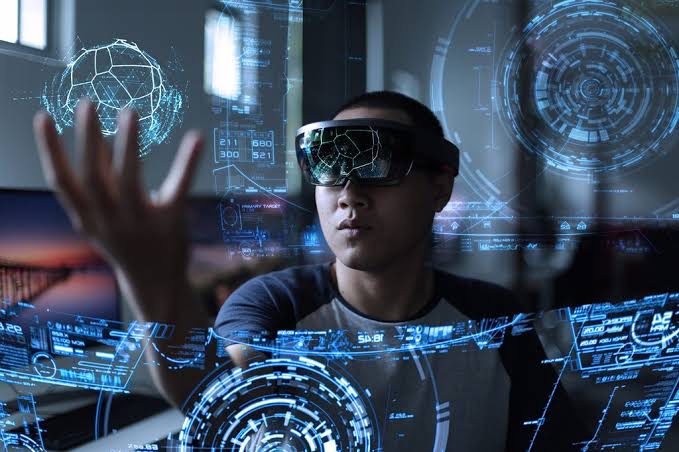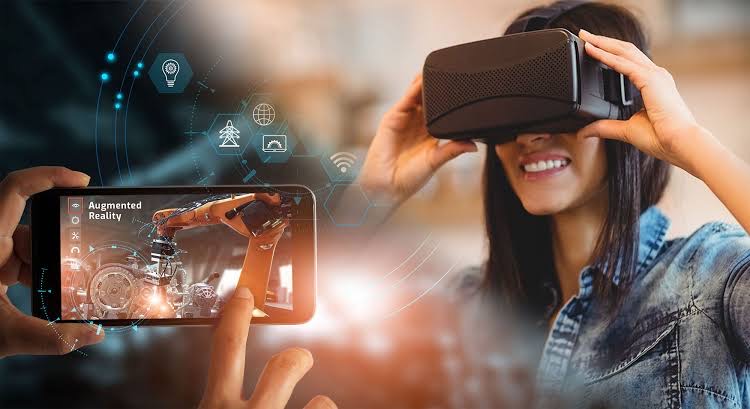Augmented Reality (AR) and Virtual Reality (VR) are no longer confined to the realms of gaming. These technologies are transforming industries like education, healthcare, retail, and even real estate. With their immersive and interactive capabilities, AR and VR are shaping the future of how we work, learn, and play.
What is AR/VR Development?
– Augmented Reality (AR): Enhances the real-world environment by overlaying digital information, like images, sounds, and animations. Think Pokémon GO or IKEA’s Place app.
– Virtual Reality (VR): Creates fully immersive digital environments, allowing users to interact with a computer-generated world. VR headsets like Oculus Quest or HTC Vive offer these experiences.
AR/VR development involves creating applications, games, and experiences that leverage these technologies using specialized software and hardware.
Why AR/VR Development is Important

1. Demand Across Industries
– AR/VR is being used in healthcare for surgical simulations, in education for virtual classrooms, and in retail for virtual try-ons.
– Industries are investing in immersive tech to engage customers and improve efficiency.
2. Endless Creativity
– Developers can build worlds and solutions limited only by their imagination, blending art, design, and programming.
3. High Growth Potential
– With AR/VR’s global market expected to exceed $100 billion by 2030, skilled developers will be in high demand.
Skills Needed for AR/VR Development
To break into AR/VR development, you’ll need to master:

– Learn languages like C#, C++, and Python, which are commonly used in AR/VR projects.
2. Game Engines
– Tools like Unity and Unreal Engine are essential for creating 3D environments and interactive experiences.

•Knowledge of tools like Blender or Maya to design characters, objects, and environments.
4. AR/VR Frameworks
•Understand AR/VR-specific SDKs like ARCore, ARKit, and Vuforia for building applications.
5. UX/UI Design
•Design intuitive and immersive user experiences tailored for AR/VR interactions.
Steps to Get Started with AR/VR Development
1. Learn the Basics
•Begin with tutorials on Unity or Unreal Engine. Many platforms offer free AR and VR development courses.
2. Experiment with Hardware
•Invest in AR/VR devices like Oculus Quest, Microsoft HoloLens, or smartphones for AR testing.
3. Build Simple Projects
•Start small, such as creating a VR room or an AR app for object placement.
4. Join Communities
•Engage in AR’s/VR developer forums, GitHub projects, or hackathons to collaborate and learn.
5. Keep Learning
•AR/VR tech evolves rapidly; stay updated on new SDKs, tools, and trends.
The Future of AR/VR Development
As AR and VR technologies become more accessible, their integration into everyday life will expand. From virtual shopping malls to AR-powered fitness apps, the possibilities are endless. Developers who specialize in this field will not only have lucrative opportunities but also the chance to shape the way people interact with technology.
Now is the perfect time to dive into AR/VRs development and be part of this exciting journey into the future. With passion and persistence, you can create immersive experiences that leave a lasting impact!

 Travel4 weeks ago
Travel4 weeks ago
 Health2 weeks ago
Health2 weeks ago
 Health3 weeks ago
Health3 weeks ago
 Health3 weeks ago
Health3 weeks ago




















Pingback: A Guide to AR/VR Development - SimplExplainer